Our Services
Our Services
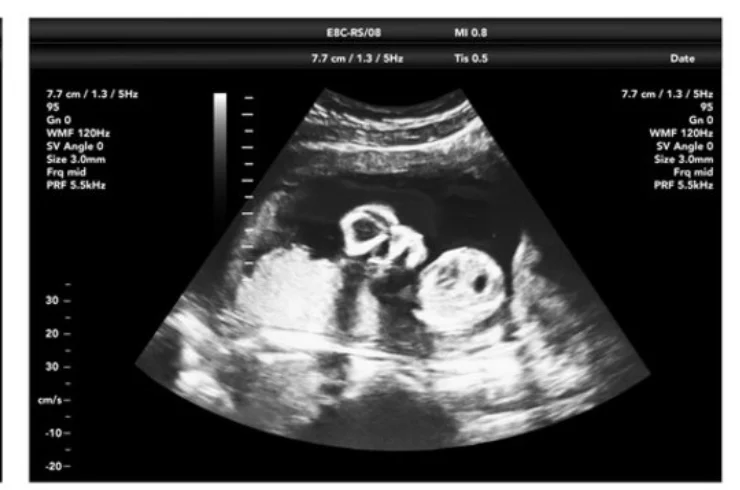
Dating or viability scan
The ideal period of gestation: 7-9 weeks.
Significance:
• To see if it is an intra/extra-uterine pregnancy.
• To check if the conception is viable.
• To determine the gestational age
• To rule out singleton, twin, or multiple gestations
Route: Transabdominal or transvaginal; Transvaginal has better clarity.
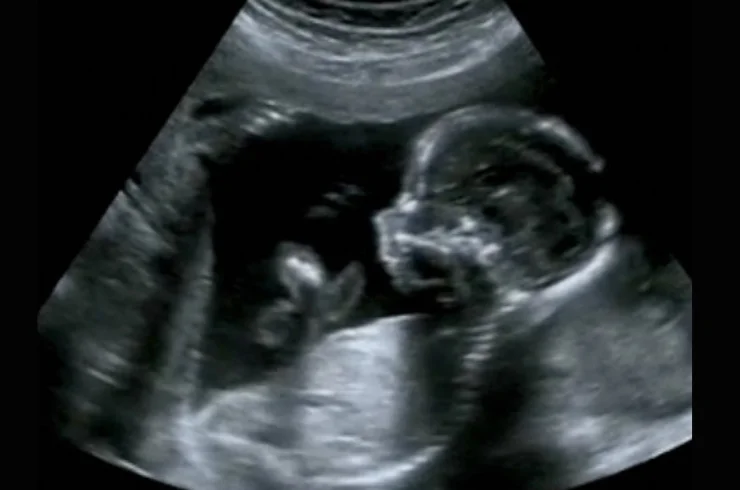
NT Scan
The ideal period of gestation: 11-13 weeks and 6 days.
Significance:
• To determine the accurate gestational age and estimate the delivery date
• To calculate the risk of having a chromosomal abnormality (NT)
Route: Transabdominal or transvaginal or both; Transvaginal has better clarity and accuracy.
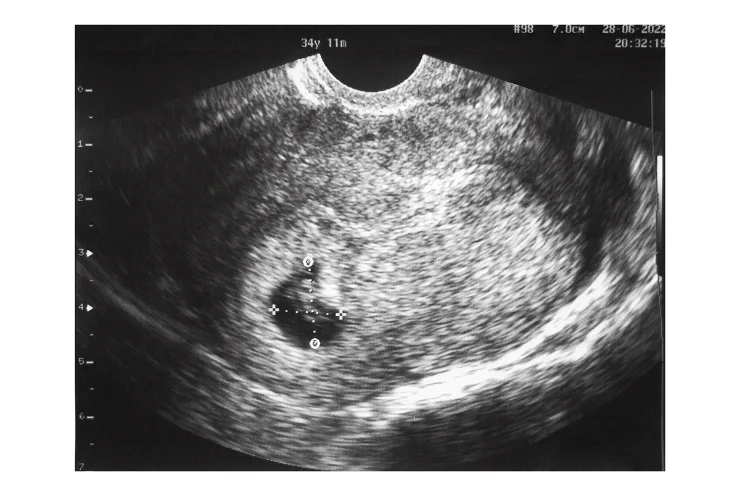
Advanced NT or First-Trimester Anomaly
The ideal period of gestation: 12-13 weeks 6 days
Significance:
• To determine the accurate gestational age and estimate the due date.
• To calculate the risk of having a chromosomal abnormality (NT, Nasal bone, Ductus venosus, and Tricuspid Doppler)
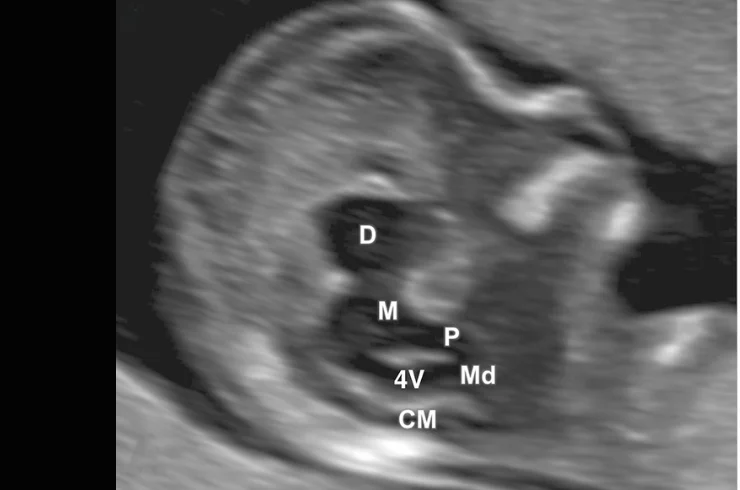
First-Trimester Neuro Sonography
The ideal period of gestation: 13-15 weeks
Indication:
• Previous child with a central nervous system (CNS) abnormality.
• Suspecting a CNS abnormality in the NT scan.
• Parents are known carriers for a genetic condition affecting the brain.
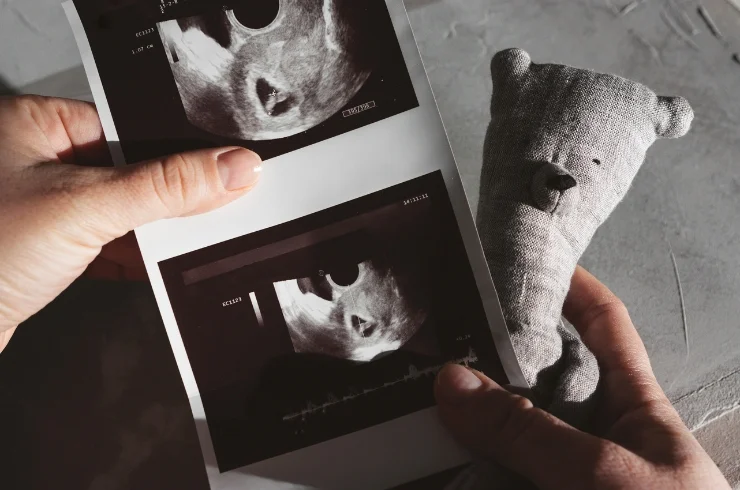
Early Anomaly or Early Fetal Echo
The ideal period of gestation: 16-18 weeks
Indication:
• Increased NT
• High risk for chromosomal abnormality in Double marker
• Fetal structural anomalies are detected in an NT scan
• The patient is at high risk for a spontaneous preterm birth.
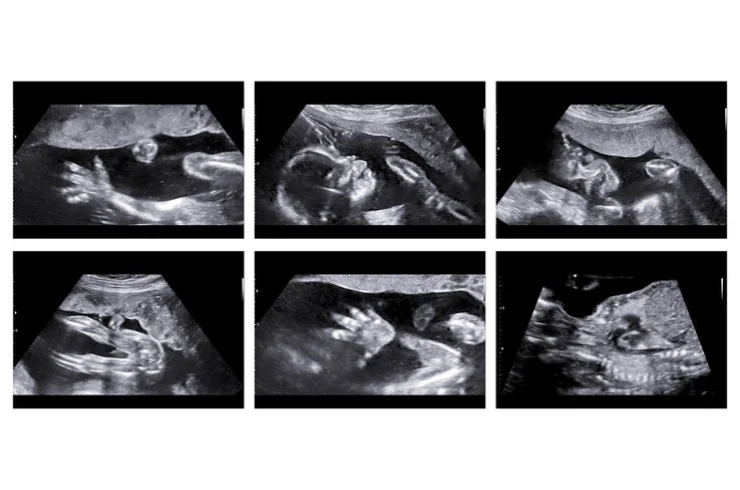
TIFFA or Anomaly Scan
The ideal period of gestation: 18-22 weeks
Significance:
• To look for fetal structural anomalies
• To categorize the pregnancy as high/low risk for developing preeclampsia (Detailed history, Mean arterial pressure, Uterine artery Doppler) or spontaneous preterm birth.
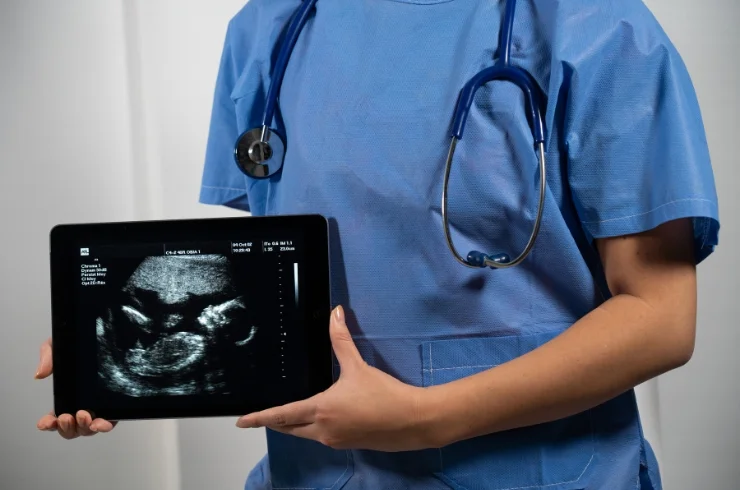
Fetal Echo
Ideal period of gestation: 20-22 weeks
Indication:
• NT more than 3.5 mm
• The mother or a previous child has a congenital heart disease.
• There are soft markers or fetal structural anomalies in the NT scan or the anomaly scan.
• The mother has autoimmune diseases, Gestational diabetes or drug exposure.
• IVF/ICSI conception
• Unexplained hydrops
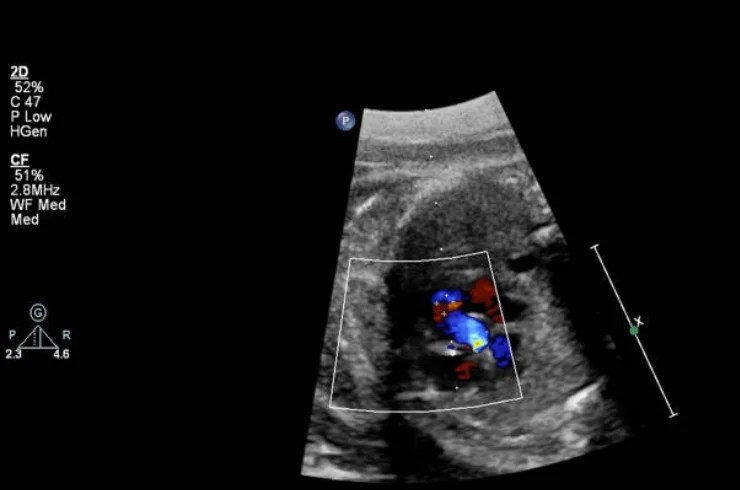
Third-Trimester Fetal Echo
The ideal period of gestation: 34 weeks
Indication:
• To prognosticate a cardiac abnormality detected in the first or second trimester and to decide upon the mode & place of delivery; to predict the need for an immediate neonatal intervention.
• Maternal autoimmune diseases, Gestational diabetes or drug exposure.
• Unexplained hydrops
Route: transabdominal

Interval Growth Scan with Fetal Doppler
The ideal period of gestation: 28 weeks, 32 weeks & 36 weeks
Significance:
• To observe the fetal growth pattern with growth charts
• Doppler assessment of the Middle cerebral artery, umbilical artery, uterine arteries, and ductus venosus to diagnose and manage fetal growth restriction.
• To look for late-onset fetal structural anomalies (25% of fetal anomalies are detected for the first time in the third trimester).
• To plan the management of FGR babies.
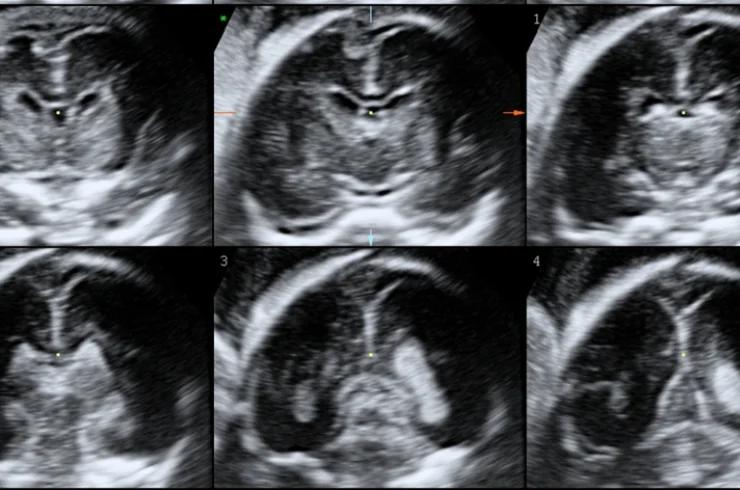
Fetal Neuro Sonography
The ideal period of gestation: Any time when it is indicated
Indication:
• Suspicion of CNS or spinal malformation in the routine screening ultrasound
• Suspicion of CNS or spinal malformation in the NT scan
• Family history of inheritable CNS or spinal malformations
• Previous pregnancy complicated by a fetal brain or spinal malformation.
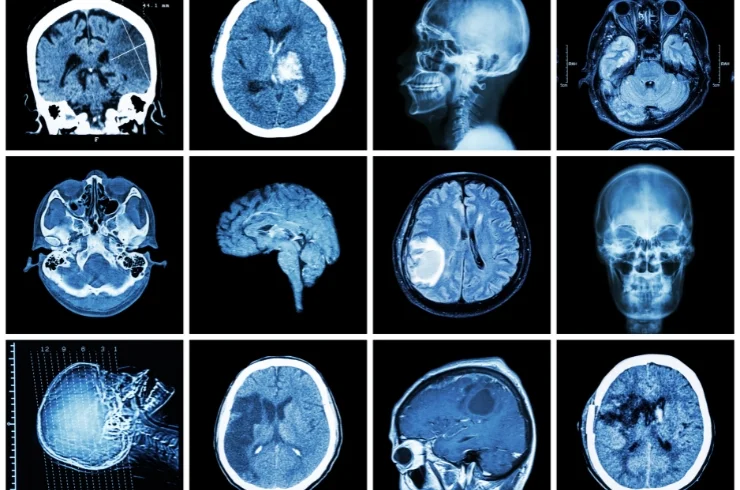
Basal Scan
deal time: Day 2/3 of periods
Significance:
• Assess the blood flow to the uterus & ovaries.
• Categorise the patients as hyper, normal or poor responders.
• To know the antral follicle count which is equally effective as the AMH.
• Decide the gonadotropin stimulation dose for IUI and IVF cycles.
• Diagnose pelvic pathologies like endometritis, hydrosalpinx, polycystic ovaries, adenomyosis, fibroids etc.
3D Follicular Tracking with Doppler
Ideal time: Follicular phase day 7 to 14
Significance:
• Assess the growth and blood flow to the dominant follicle.
• Assess endometrial blood flow and morphology (estrogen level).
